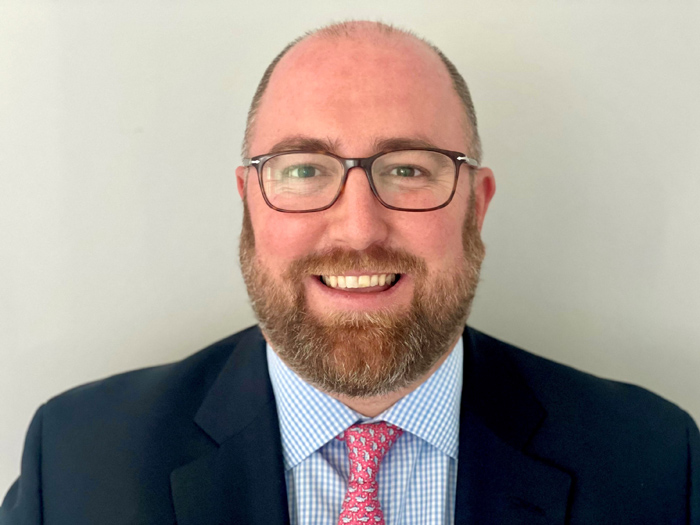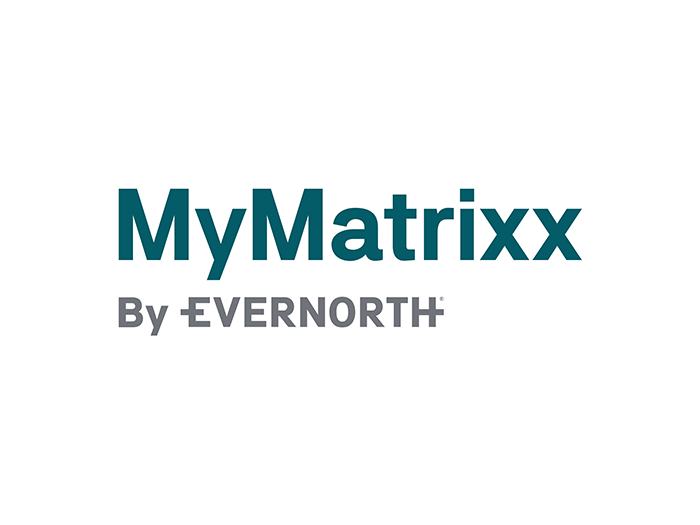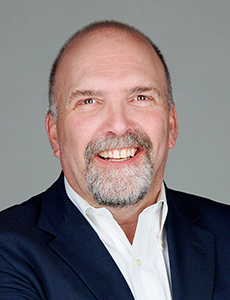The Future of Insurance Brokering: Rising Star Matthew Gluck Explores AI, Claims and More

Come see the Stars! As part of our ongoing coverage of the best brokers in the commercial insurance space, Risk & Insurance®, with the sponsorship of Philadelphia Insurance, is expanding its coverage of the Rising Stars, those brokers who represent the next wave of insurance brokering talent.
Look for these expanded profiles on the Risk & Insurance website and in your social media feeds throughout the year.
Matthew Gluck, SVP, project manager at Marsh, and a 2024 M&A Power Broker shares his thoughts.
Risk & Insurance: In which commercial lines are your clients struggling to put together adequate coverage?
Matthew Gluck: The insurance challenges of our private equity backed clients varies by industry and risk profile, but there are a few notable areas where I’ve seen clients struggle to secure coverage that meets their needs from both a cost and coverage perspective. In particular, the following three areas.
One, automobile liability: Our clients with large fleets and heavy tractors have continued to see challenges due to frequency of claims and increased severity (high litigation costs, significant verdicts, punitive damage awards, etc.) throughout the market. This has resulted in insurers forcing stricter underwriting guidelines, limiting their capacity, and increasing rates substantially. In addition, from an umbrella/excess perspective, auto liability attachment points have continued to be a challenge and in many instances our team at Marsh has had to arrange alternative risk transfer solutions.
Two, property: Client’s with a sizeable property exposure and geographic spread have continued to see increased scrutiny around CAT prone areas (flood, EQ, etc.) and risk engineering. Insurers view certain industries as very challenges classes of business, and losses within these industries have the potential to be significant. For these clients, the availability and cost of property insurance is largely dependent on positive risk engineering, MFL/PML studies, and adequate loss prevention measures. In events where engineering reports have identified critical “recs,” insurers want to see that clients have a game plan and timetable for addressing each of the capital improvements (i.e. upgrading protection systems, installing sprinklers, etc.).
Finally, third, cyber: While cyber rates have continued to decrease from a few years ago, there is still a heavy focus on cybersecurity controls and improvements. Clients with mature cyber posture have had the most success in the market, whereas clients without a strong infrastructure have run into challenges whether that be unfavorable pricing or claims for ransomware excluded.
R&I: On the claims side, what’s working well and what’s not?
MG: On the claims side, we have seen insureds/prospective clients come to us communicating their frustrations with the insurance claims process in general. In particular, (1) their prior brokers/providers not giving them the guidance they need in navigating the claims process and (2) the overall length of the claims process.
At Marsh, we work with our clients and insurers to focus on closing out claims as quickly and efficiently as possible to lower overall costs and achieve the best possible outcomes.
Marsh has dedicated claims advocates; our clients have provided feedback indicating that they found it helpful to have a single point of contact while working through a claim. For private equity backed portfolio companies, we have also found success with Claims Inventory Workout exercises, which assist clients improve their balance sheet and reduce liabilities by closing claims.
In addition, the tool has been valuable for reducing administrative costs and reducing letter of credit requirements, both of which are key focuses of our private equity clients.
R&I: Where do you see generative artificial intelligence making a difference in your team’s work?
MG: In my opinion, insurance is and will always be a people business – our greatest asset is our people.
However, we have found AI to be helpful in boosting productivity, whether that being automating daily tasks, streamlining processes, and providing our team the tools (industry research, extracting data from large documents, etc.) to make smarter decisions that impact clients.
I expect our usage of AI will continue to increase over time, but at this point in time believe we are still in the early stages of figuring out how we can best utilize AI in connection with advising private equity and corporate buyers on mergers and acquisitions and achieving the goal of optimizing their risk & insurance program.
R&I: What advice would you give to a younger person that is seeking to break into this industry?
MG: Not unlike a lot of my colleagues in the insurance industry, I “fell” into the business following college and had no prior knowledge of insurance or family within the industry. I was an economics major at a liberal arts college, and my internship was at an investment bank/brokerage firm.
First and foremost, my advice is to be patient. The first few years of your career can be a grind and overwhelming at times. You should prioritize learning, establishing a foundation, and try to soak in everything like a sponge – that is where you can begin to make yourself valuable.
Find a mentor (formal or informal) if possible. While a lot of the training is “on the job,” look for a team that is collaborative and going to put the time and effort into your development. Even after 17 years in the business, I am constantly bouncing ideas and questions off both senior and junior colleagues.
Last, there is a very wide range of jobs within the insurance industry and a “space” for everyone, whether that be on a sales side, advisory side, client service side, insurer relationship side, etc. If possible, it’s helpful to find an organization that can provide several options from a career path perspective as you find your way and learn what specific area interests you the most. &










